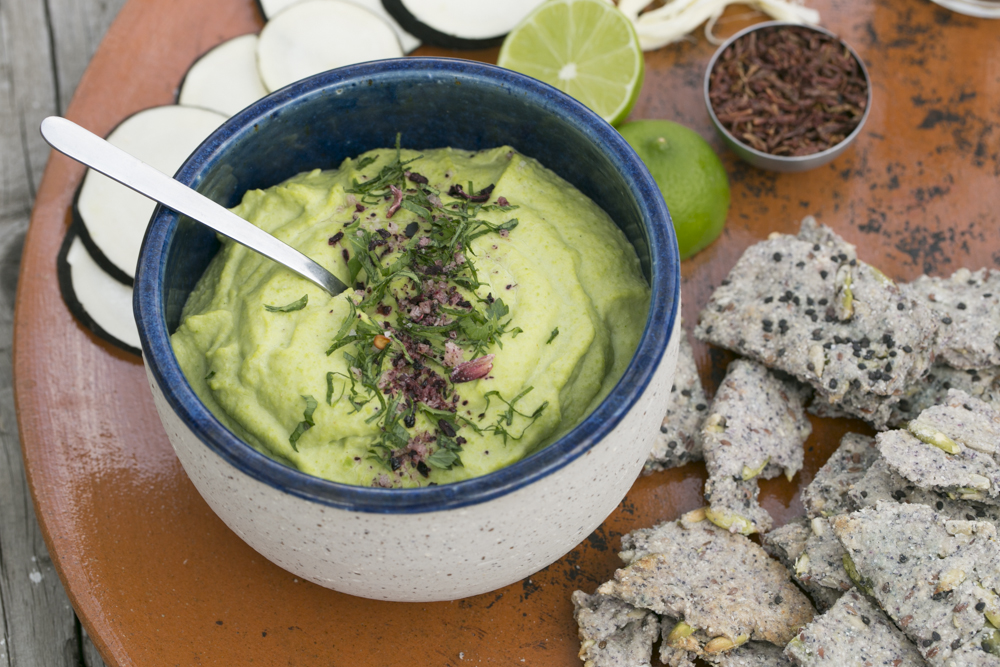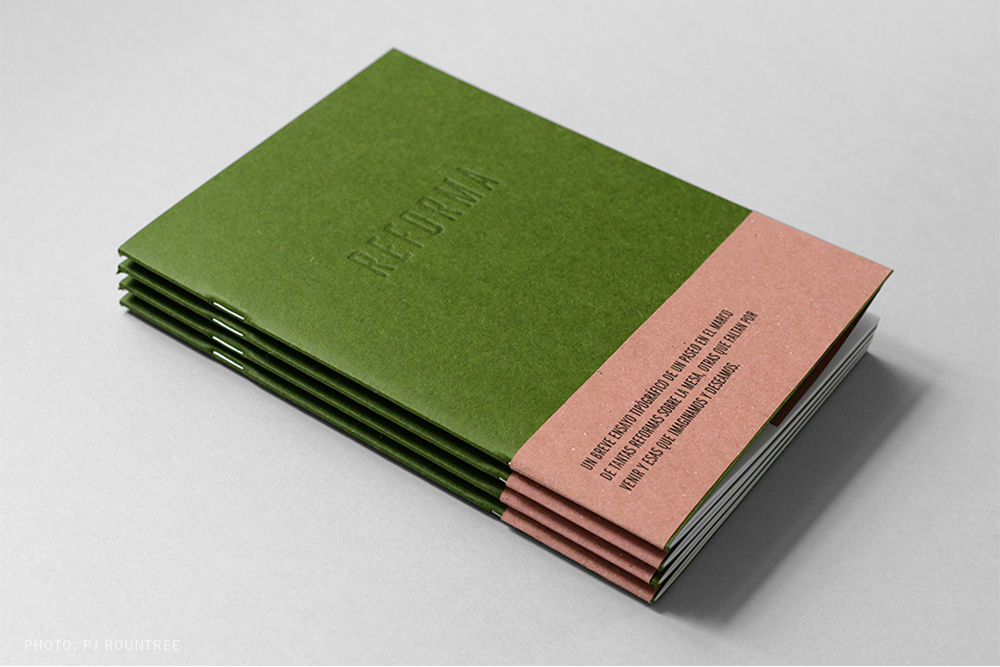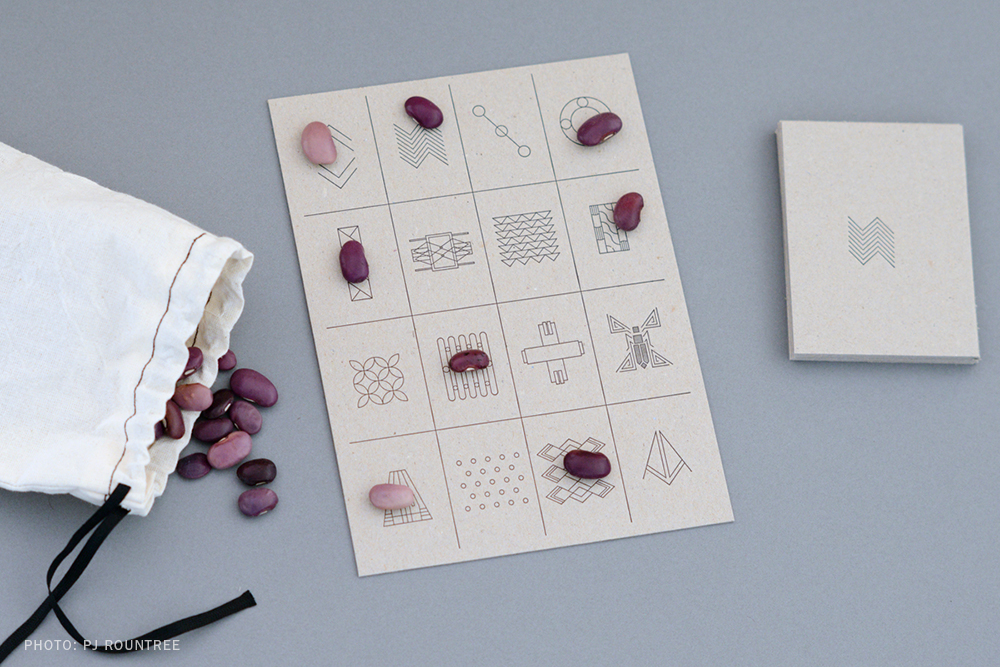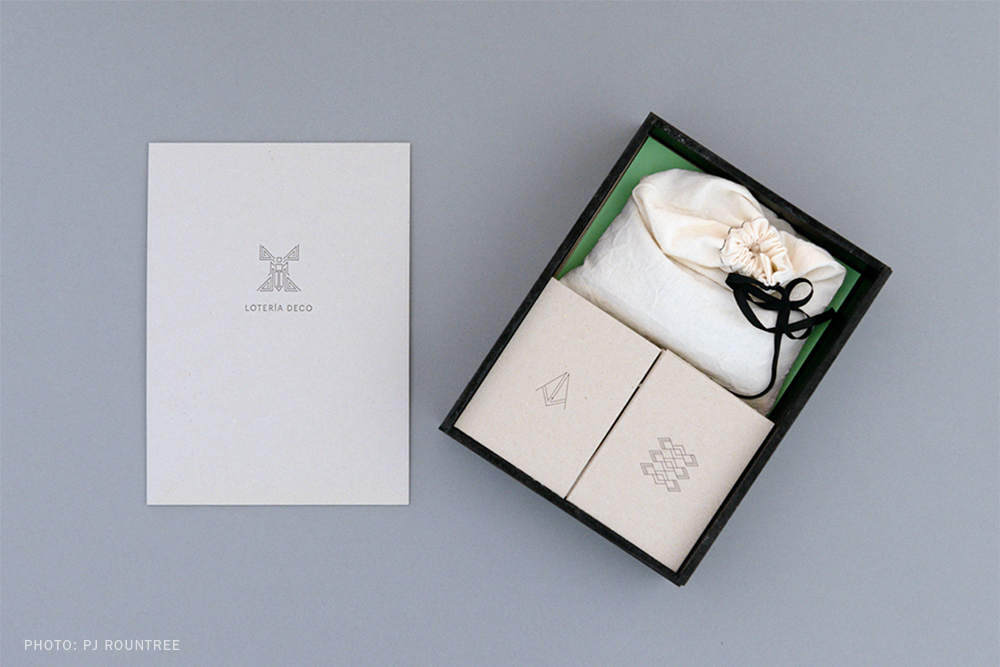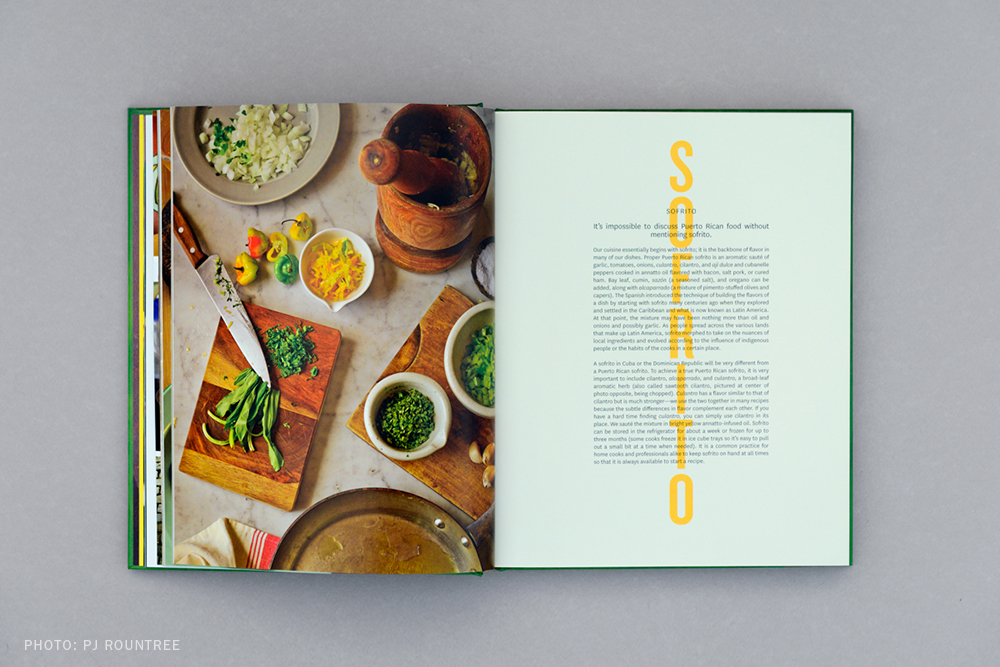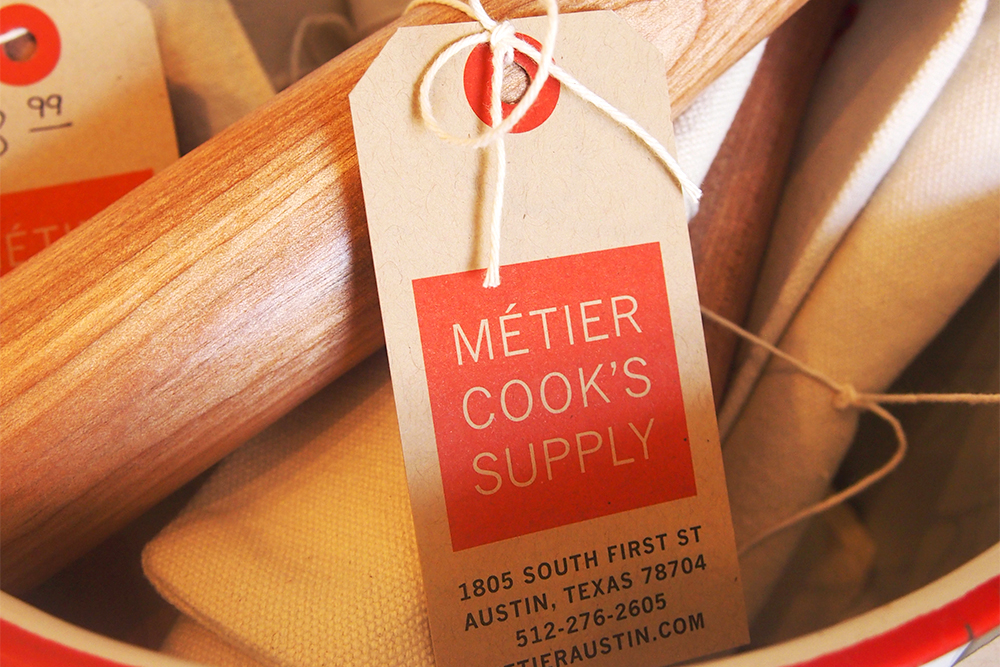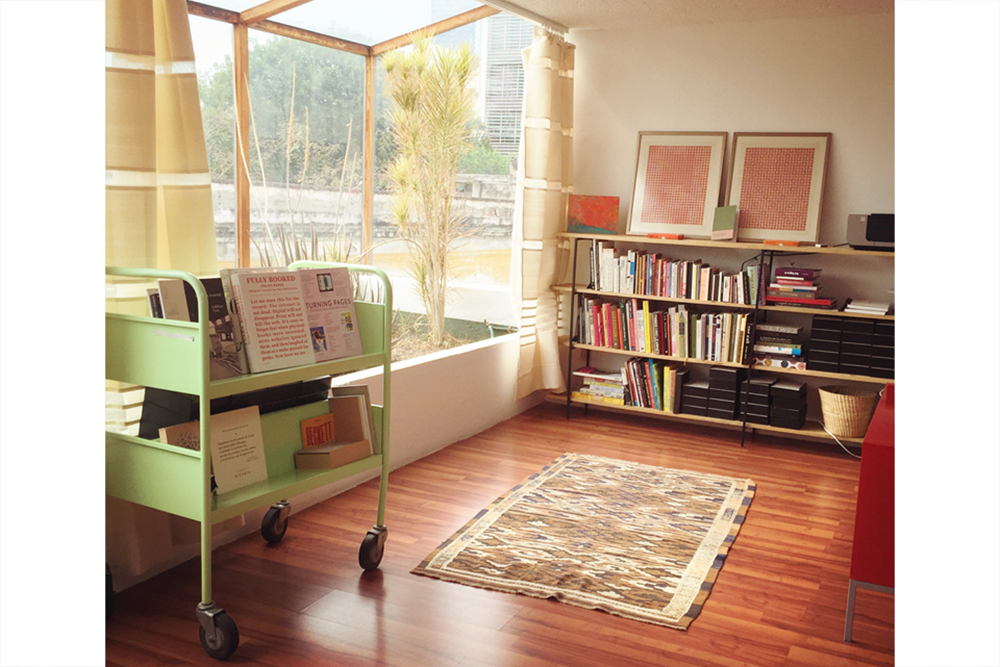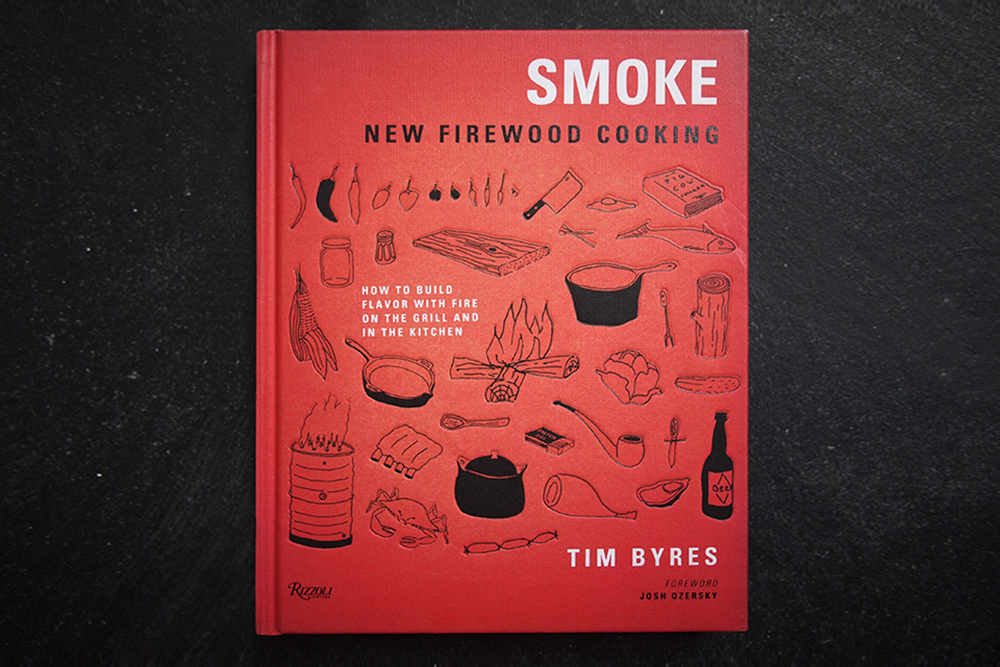Fava Bean Purée with Jamiaca Salt and Heirloom Corn Multi-Seed Crackers
Blair Richardson’s Fava Bean Dip and Masienda Crackers
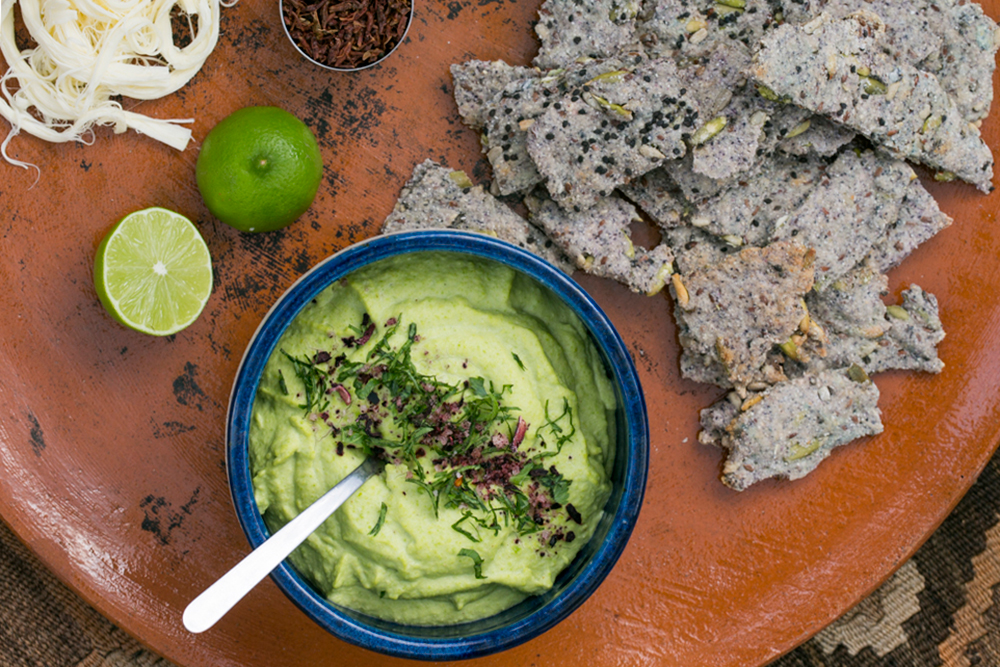
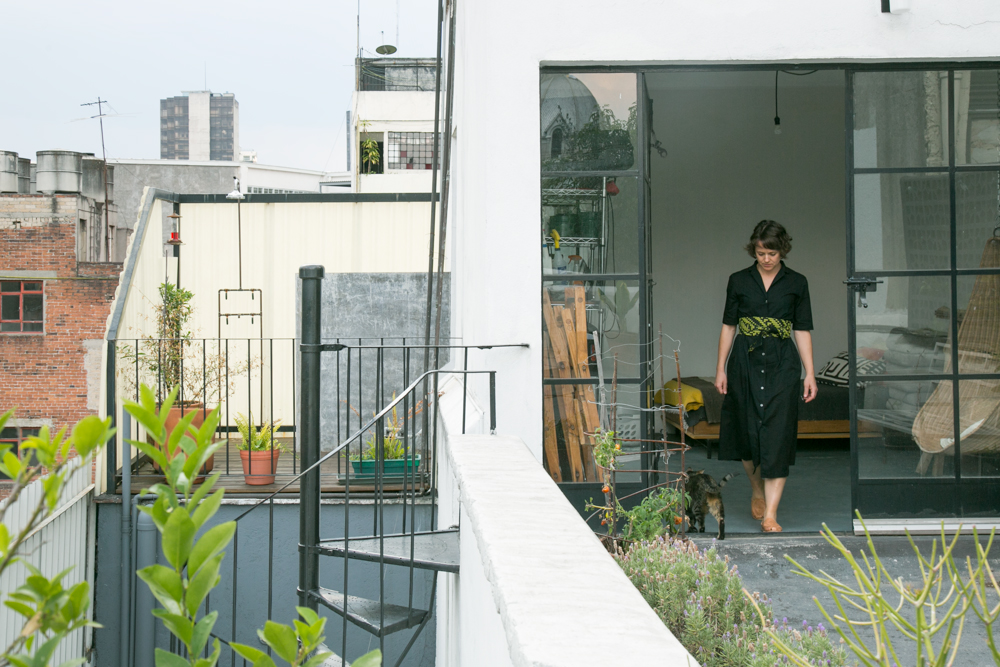
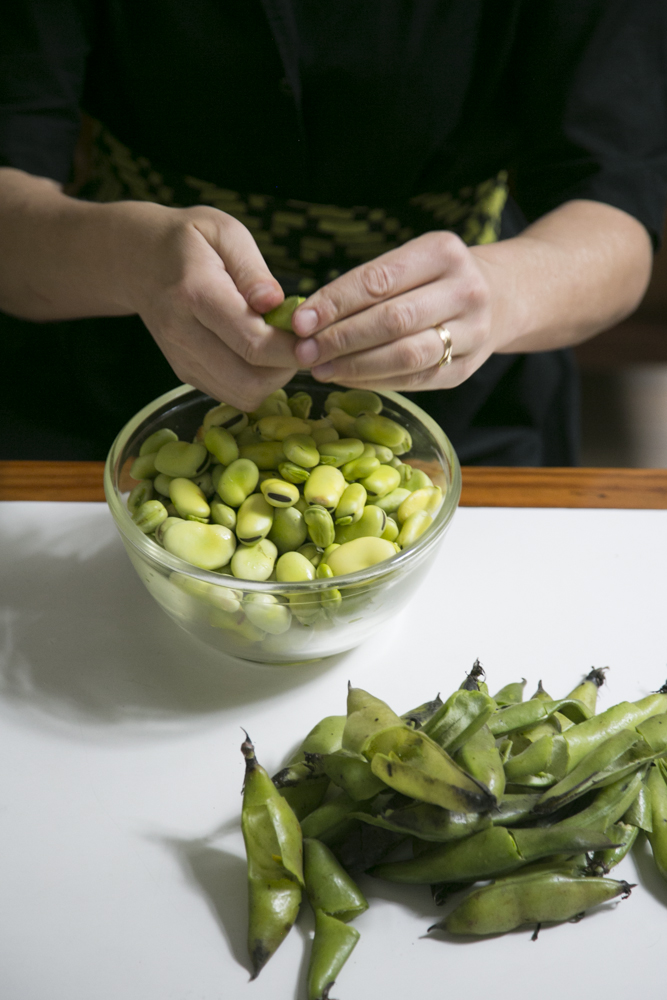
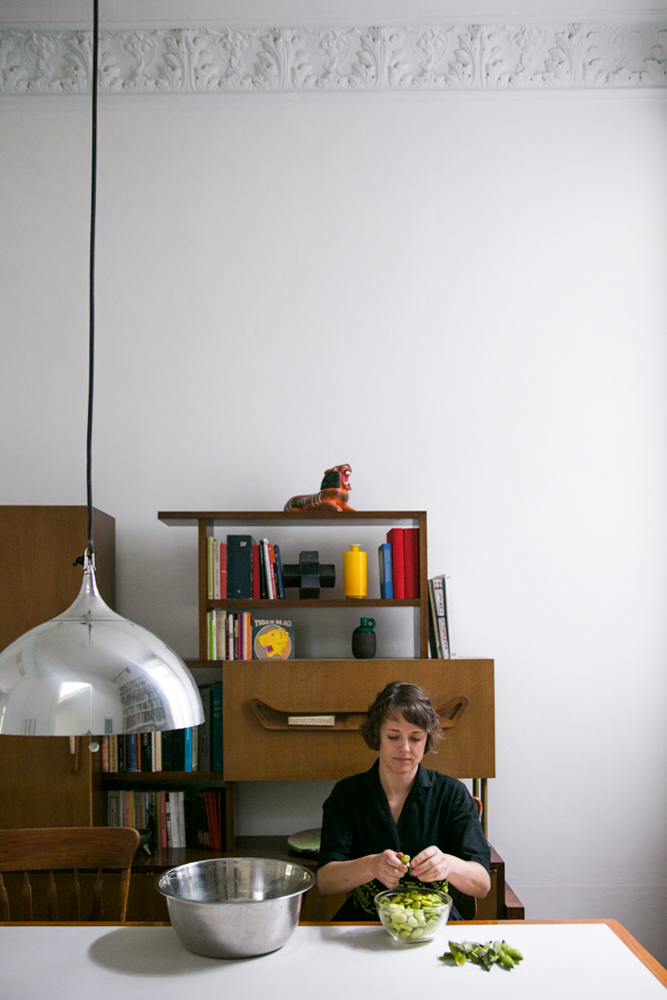
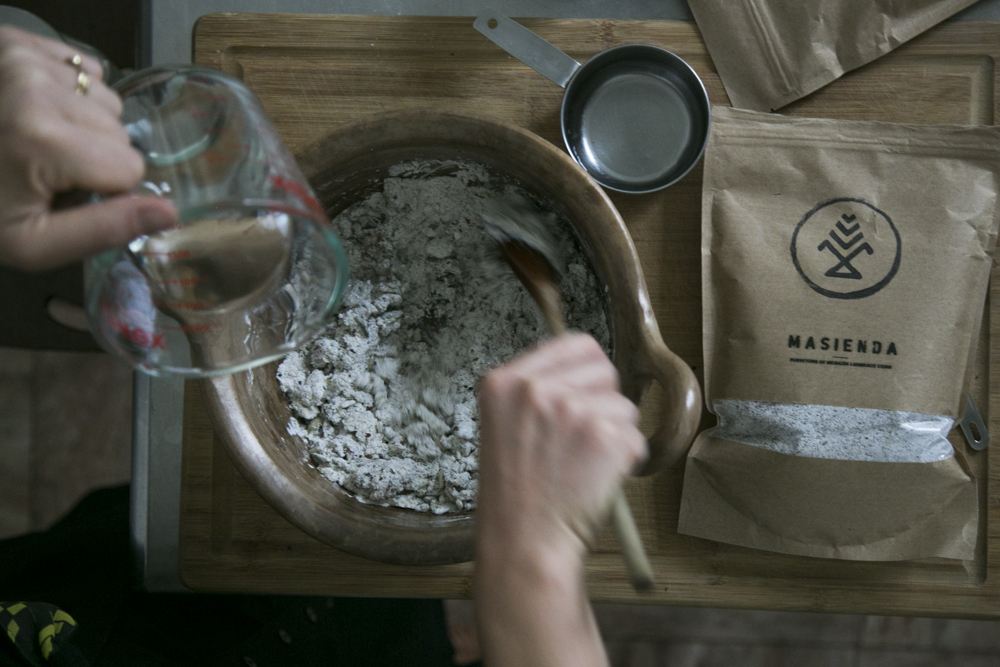
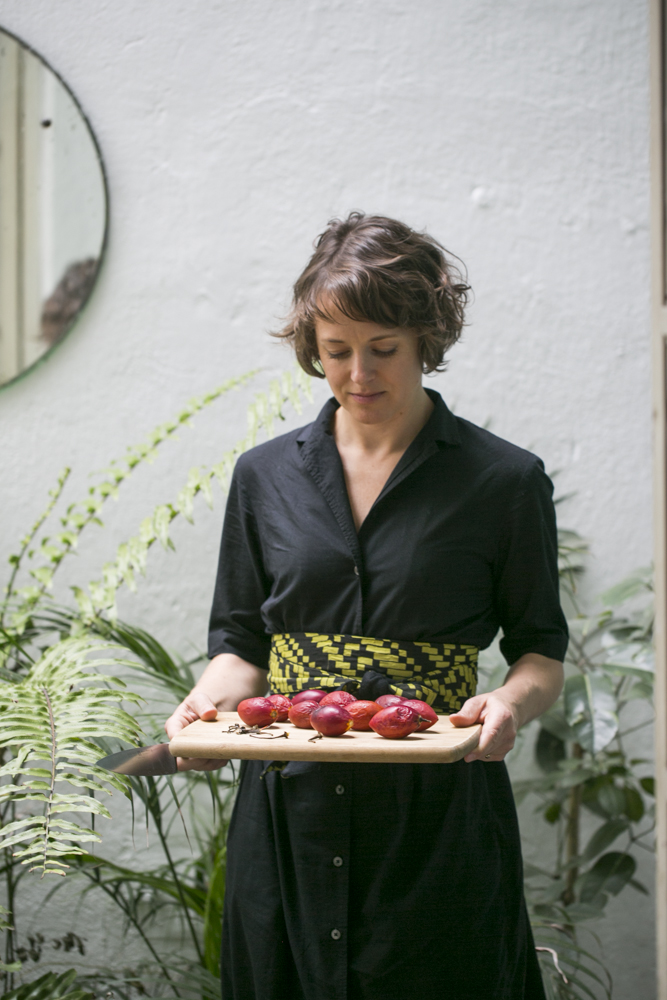
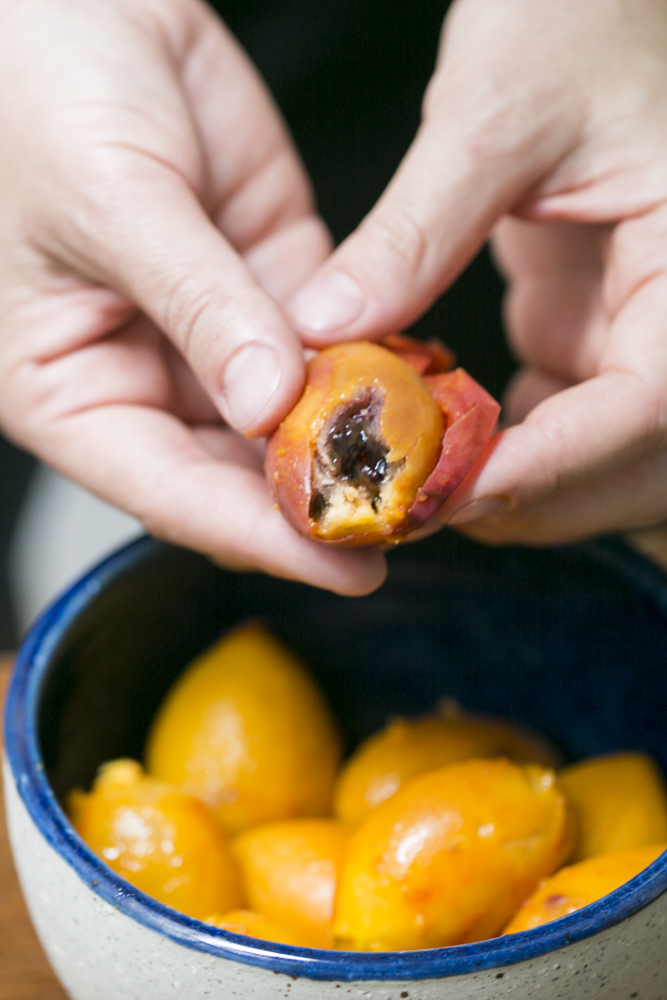
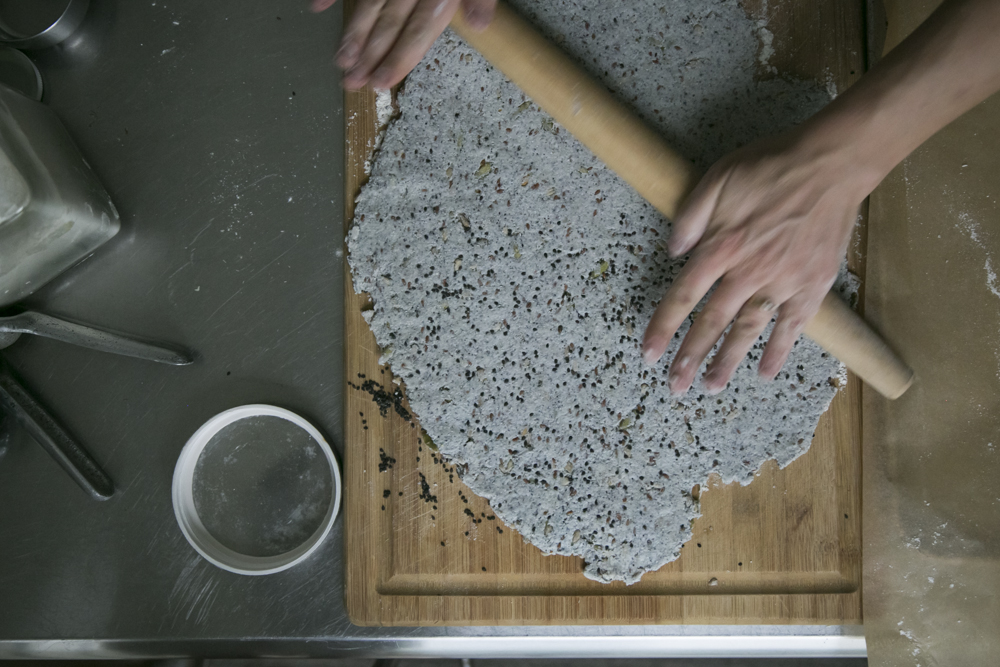
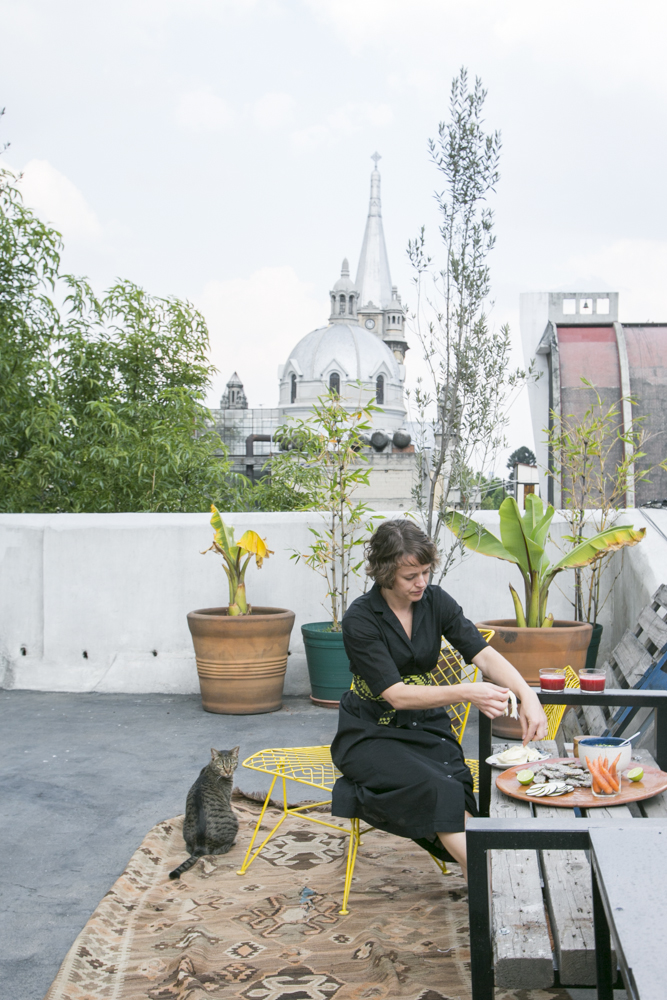
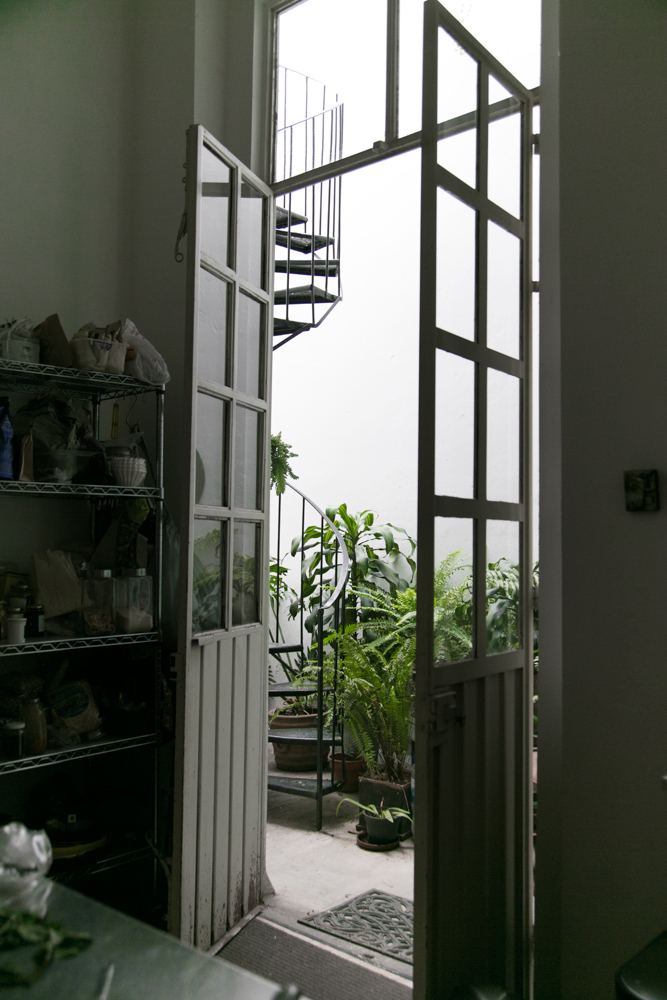

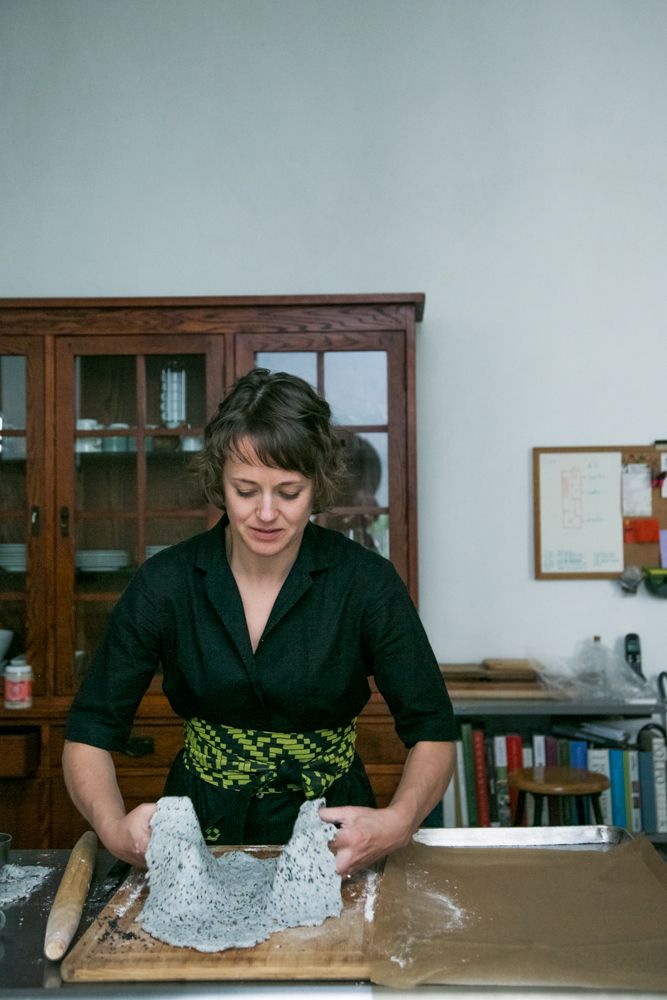
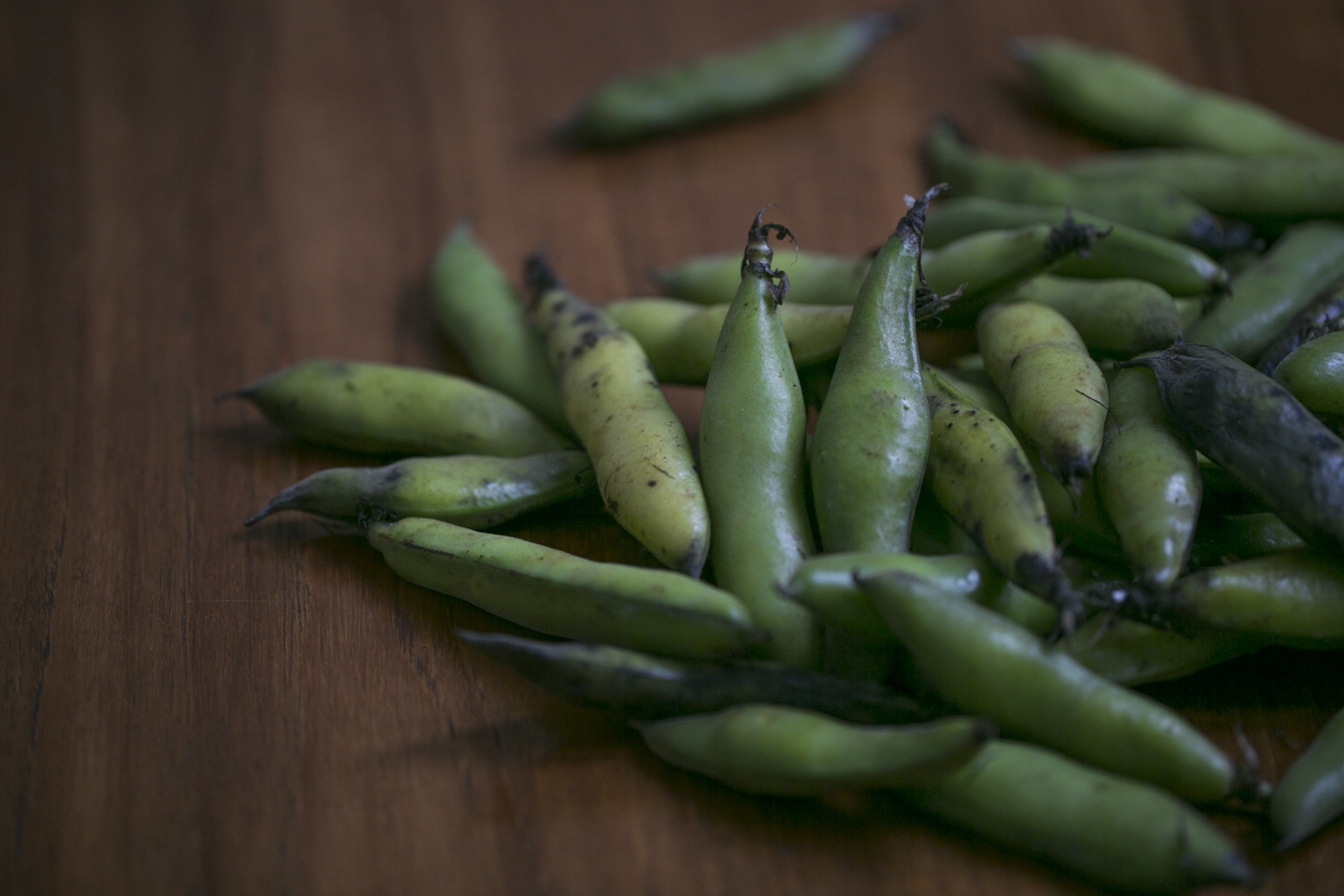
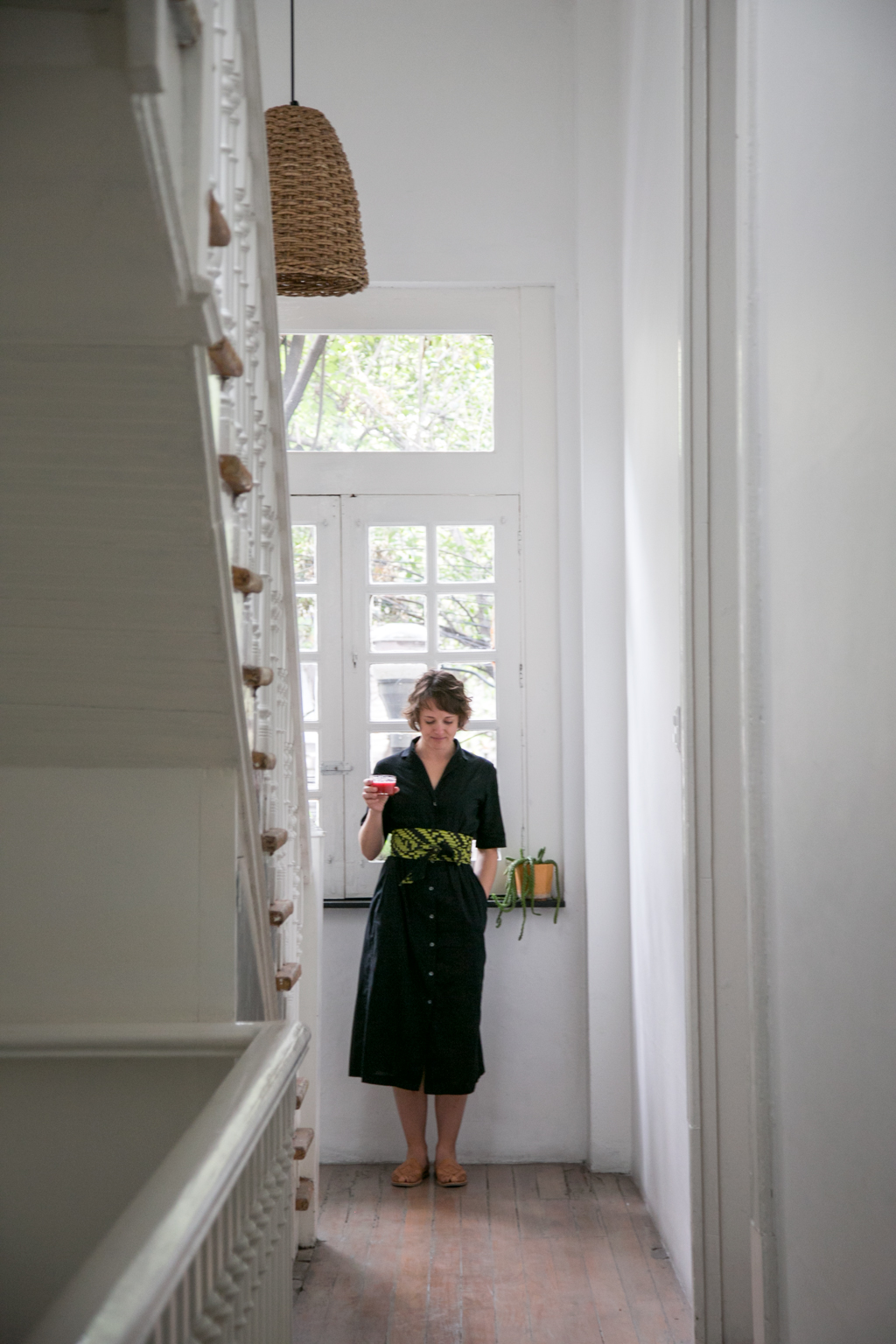
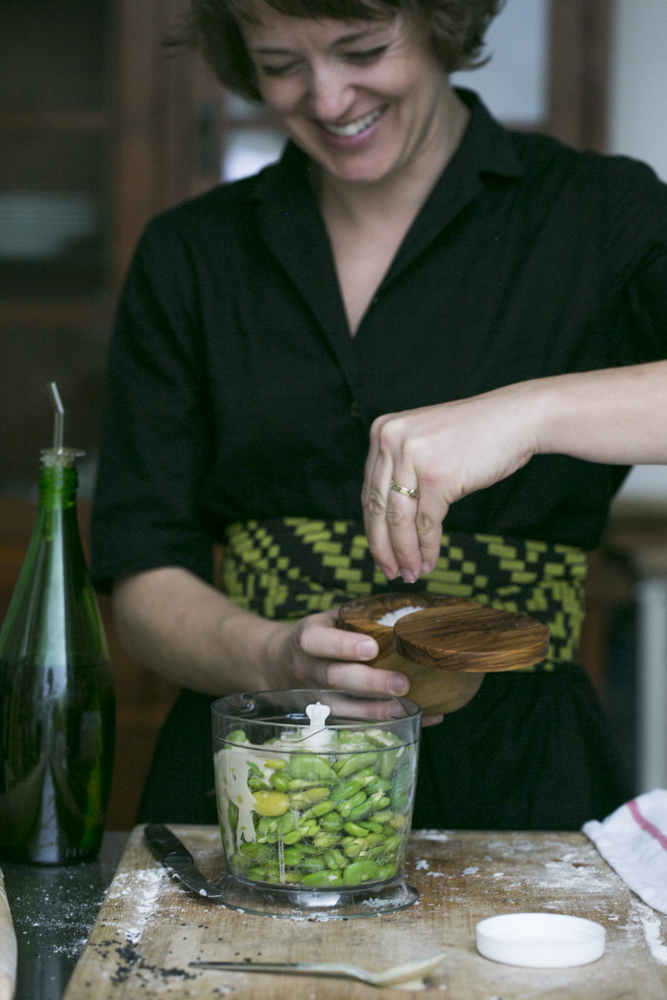
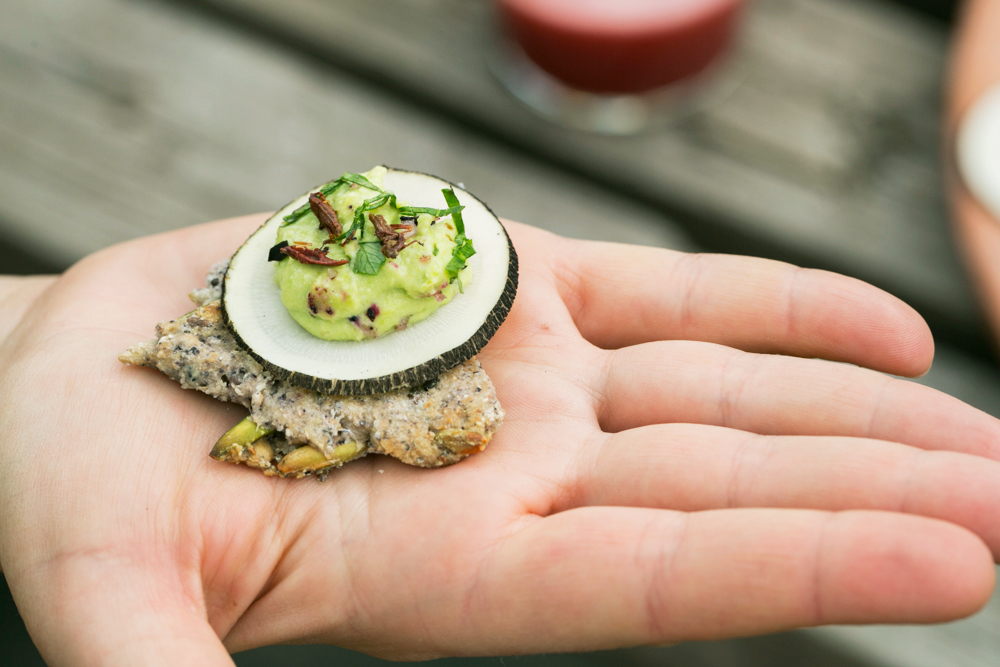
INGREDIENTS
- cornmeal,
- fava beans,
- masa,
- sesame seed,
- sunflower seeds
NOTES
Favas are available year-round in Mexico, and Blair’s favorite vendor at the Tuesday market in la Condesa brings them in from her family’s farm outside of the city. Of course, if you don’t live in Mexico City, fava beans are available fresh in late spring, reaching peak flavor in July. Other times of year, they can be found frozen. A dried fava bean is a very different thing, so do not attempt to use them for substitution.
For the crackers, the blue cornmeal is from Masienda, a company that exports Mexican landrace corn to the U.S. market. Their products can be purchased online, but Bob’s Red Mill also offers blue cornmeal. According to Blair, any combination of seeds, herbs, or spices would work in this recipe, and it doubles easily if you want leftovers.
This is a perfect seasonal dip to serve with crudité, crackers or toast. Blaire served Oaxacan string cheese alongs side the fava purée which gets the Salad For President stamp of approval.
RECIPE
DIFFICULTY
EASY
SERVES
4
PREP TIME
30 MINS
Fava Bean Hummus
-
2.5cupsfava beans, removed from their pods
-
3tbstahini
-
juice of one lemon
-
1tbsolive oil
-
1tspground cumin
-
sea salt to taste
-
water
-
optional:chiles and hibiscus flower salt
-
optional:chopped parsley, mint, or cilantro
Cornmeal and Seed Crackers
-
1/2cupcoarse ground cornmeal
-
3/4cupflour
-
1/4cuppepitas
-
1/4cupsunflower seeds
-
2tbsflax or black sesame seeds
-
1/2tspsalt, plus more for sprinkling
-
2tbsolive oil
-
5tbswater
INGREDIENTS
- cornmeal,
- fava beans,
- masa,
- sesame seed,
- sunflower seeds
For a relatively simple recipe, Blair and I spent an egregious amount of time cooking. In fact, it took us all day to make this dip and crackers. This is the sign of a successful salad session. Of course, you need only spend half an hour to get similar results.
Blair Richardson is a graphic designer, living in the Roma neighborhood of my favorite city — Mexico City. It is a rare friend who can match my enthusiasm for the open-air market, who comes alive at every turned corner of the densely packed produce stalls. But this is Blair’s life. Blair spends her days distilling the essence of a particular cuisine, menu or guiding culinary philosophy, teasing out how to express these ideas through typography, words and layout. Blair designs menus, logos and cookbooks by day, and in her free time, she creates conceptual art and design projects, like a board game that makes use of her obsession with architectural details she spots around the city. She is always paying attention to detail, from the tiles in an alley on your walk home, to the myriad of chilies she sees every day in her local mercado.
On our day together, Blair and I roamed Mercado Medellin, straying from our target to buy some tart exotic fruit for an agua fresca, finally regaining focus to hand-pluck fresh fava beans to accompany our Masienda corn flour. Blair recently designed the identity for her friends at Masienda corn, one of the most exciting food projects that I know of. Masienda warless to export freshly ground landrace maize directly from independent, smallholder farms in Mexico to the US culinary market and beyond. If you have become intimate with true Mexican cuisine, then you have tasted the pleasures of a real corn tortilla, and therefore realize the importance of their, and in turn, Blair’s, work.
Blair Richardson in Her Own Words
Julia: You are a graphic designer, but how did you end up working mostly in the culinary world?
BR: When I was a junior designer at the Pentagram design firm in Austin, they ordered lunch for us daily. As the youngest member of the small team, I had to go pick up the food. A nearby deli we frequented was under new management, and the owner asked me to help him design small signs for their cold case. I suggested a branding overhaul, in trade, and I ate there on credit for the rest of my time in Austin. It’s not the only time I’ve worked for food! I’ve gravitated towards the world of chefs, foodies, and nutritionists out of my own personal passion, and doing graphic design for the industry came naturally. It’s easier to design for an audience you identify with. So far I’ve designed the identity of about twenty restaurants, a bunch of cookbooks, and am now getting into food packaging.
JS: What was the first cookbook you designed?
BR: The first cookbook was for my long-time client Karen Morgan of Blackbird Bakery. Her work as a pioneer in the gluten-free baking movement has always been outstanding. We put together a small mockup booklet with professional photographs next to her most successful recipes and sent it off to a contact I had at Chronicle. She landed the deal easily, with me as the designer.
JS: How many cookbooks have you designed since? Are there specific skills required to make a desogn cookbook?
BR: I’ve made about five cookbooks so far, and they really appeal to my organizational skills! As an avid home cook, I know how to lay out a page to make it really useful in the kitchen.
JS: As we walked the city, I noticed you repeatedly stopped to snap pics of tiles, or details in the local architecture. What was that about?
BR: I moved to Mexico City from Austin at the end of 2009, and it’s an incredibly vibrant place to live! Walking around the neighborhoods, the architectural details call out to me, especially the ‘cancelerias’, the metal grates that cover windows, mainly on Porfiriano or Art Deco buildings. The geometric ones are my favorites. I always wonder about the welder, and where he found the inspiration for such interesting and often ridiculous forms.
JS: Has that curiosity and catalog led to any specific projects? Or is it just an overall influence?
BR: Actually, I made a Lotería set from all of those shapes and forms. Lotería is a traditional Mexican game of chance, like Bingo. The caller picks a card and calls out the picture, normally a mermaid, star or cactus, etc. The player with that drawing on his card marks it with a bean, and the first player to fill his card with beans wins. Inspired by Sol Lewitt’s instruction-based art, I letter-pressed this set called Lotería Deco. In my version, you have to describe a somewhat complicated geometric form, so the game can get interesting.
JS: After designing for so many others, you are making your own collection of small collaborative cookbooks. What inspired you to do this?
BR: I was definitely inspired by Short Stack Editions. I love the new publishing platform they’ve helped to develop. But the inspiration mostly came from my network of chef and photographer friends. I wanted to find a way to make small pieces that showed a slice of the food culture of a particular place. So the idea behind Table Culture is simple: pairing a chef with a food photographer, in cities all over the world. I aim to find up-and-coming chefs and photographers to provide a platform for their perspectives to be heard. The first edition is launching in May in Austin, and the two subsequent issues are currently underway in Mexico City and San Francisco. After that, I’ve got teams identified in cities such as Melbourne, LA, NY, Santiago de Chile, Bogotá . . . I hope that list grows!
JS: What are some of the distinct frustrations and the pleasures of living in this city?
BR: Culinary pleasures are so important to me: the markets are my happy place. Any time I am frustrated with the traffic, the differences in communication, the chaos, the trash in the street, the horns honking . . . I have a green juice and a fava bean tlacoyo at the market, and I feel much, much better. I also love that there is still a lot to do here. Not everything is ‘fixed’ or done already, as it can sometimes feel Stateside. It keeps people motivated and less focused on personal drama. I’m more full of ideas here than ever before. It’s also geographically convenient to the U.S., being that it’s in the same time zone and my family is just a short plane ride away. I’m just disconnected enough.
JS: You host major parties and events in your home. What were some of the most memorable of those? Would you say you host and eat at home more than you eat out?
BR: We definitely eat in more than out, mainly because I like cooking so much. It’s my daily therapy, and also important to me to eat healthily. Restaurant food just doesn’t feel clean enough. After a couple of meals out, I crave lettuce. We have a big dining table and a rooftop where we’ve hosted a Kinfolk dinner, an Airbnb dinner, and just last week, a big birthday party for a foodie friend from the Bay area and 40 or so of his closest friends, all of who traveled to Mexico for the event. It was like a wedding! They shipped in wine from Scribe, and our friends at Pichón cooked red snapper on the grill and made an incredible strawberry meringue. But the most memorable meals are often impromptu: a few weeks back, a friend returned from Oaxaca and brought cecina, chorizo, chile de agua, tlayudas, queso Oaxaca, and chapulines, and we had to invite a bunch of people over to eat it all at sunset. It was fantastic! Occasionally my husband will go to the market for fish – he makes wonderful ceviche – and we hang out on the roof with friends drinking beers and mezcal. Those days are the best.
